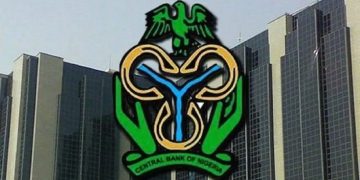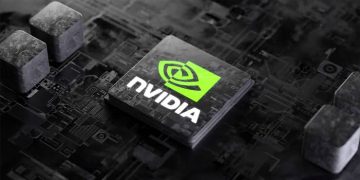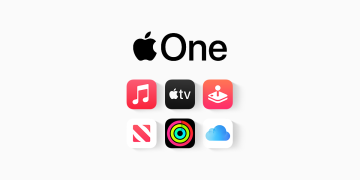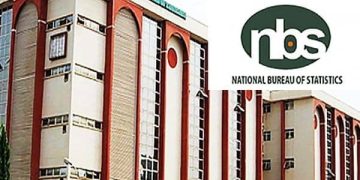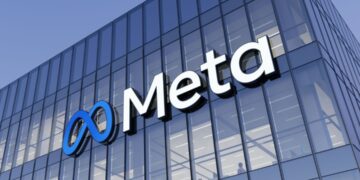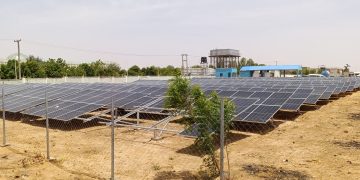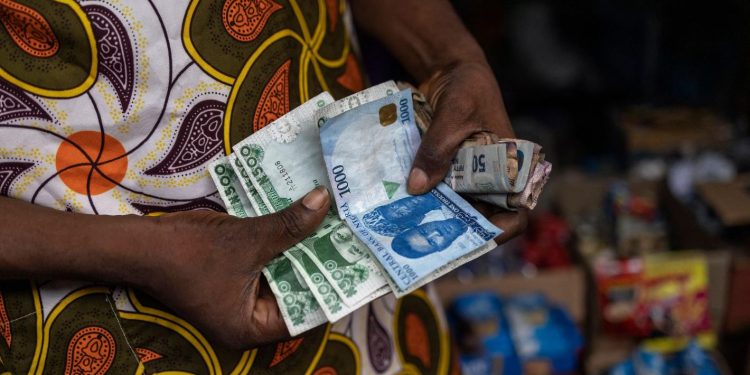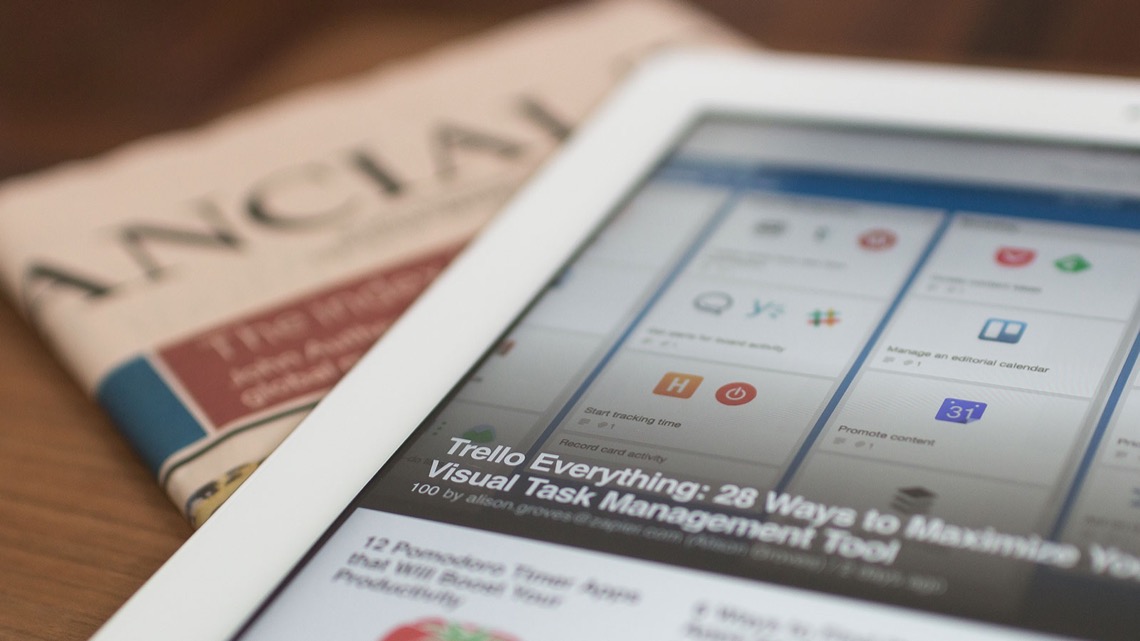When a Lagos resident tried to dodge a ₦50 transfer fee late last year by sending slightly less than ₦10,000, it seemed like a clever trick. That ended in December 2024, when Nigeria began applying the Electronic Money Transfer Levy (EMTL) to fintech services such as Opay, Palmpay, and Moniepoint.
In the first half-year of this wider rollout, the levy added ₦84.97 billion to government accounts, pushing total EMTL revenue for December 2024 to May 2025 to ₦185.86 billion. Data from the Federation Account Allocation Committee shows that’s an 84% jump compared to the same period a year earlier.
The ₦50 charge on transfers of ₦10,000 and above, first introduced for banks in 2020, was expanded to tap Nigeria’s fast-growing digital payments sector. In 2024, electronic transactions reached ₦1 quadrillion. Fintechs handled ₦79.55 trillion of that, offering a lifeline to many of the country’s unbanked and underserved residents.
Some feared the levy might slow this growth, pointing to other African countries where similar taxes hurt mobile money adoption. But Palmpay managing director Chika Nwosu says users have accepted the change. “It’s government policy, and customers are no longer complaining,” he said.
Even so, most digital transfers fall below the ₦10,000 mark and escape the fee. Industry figures show nearly half of transactions are under ₦6,000, underscoring how small, low-cost payments remain central to Nigeria’s financial inclusion drive.





